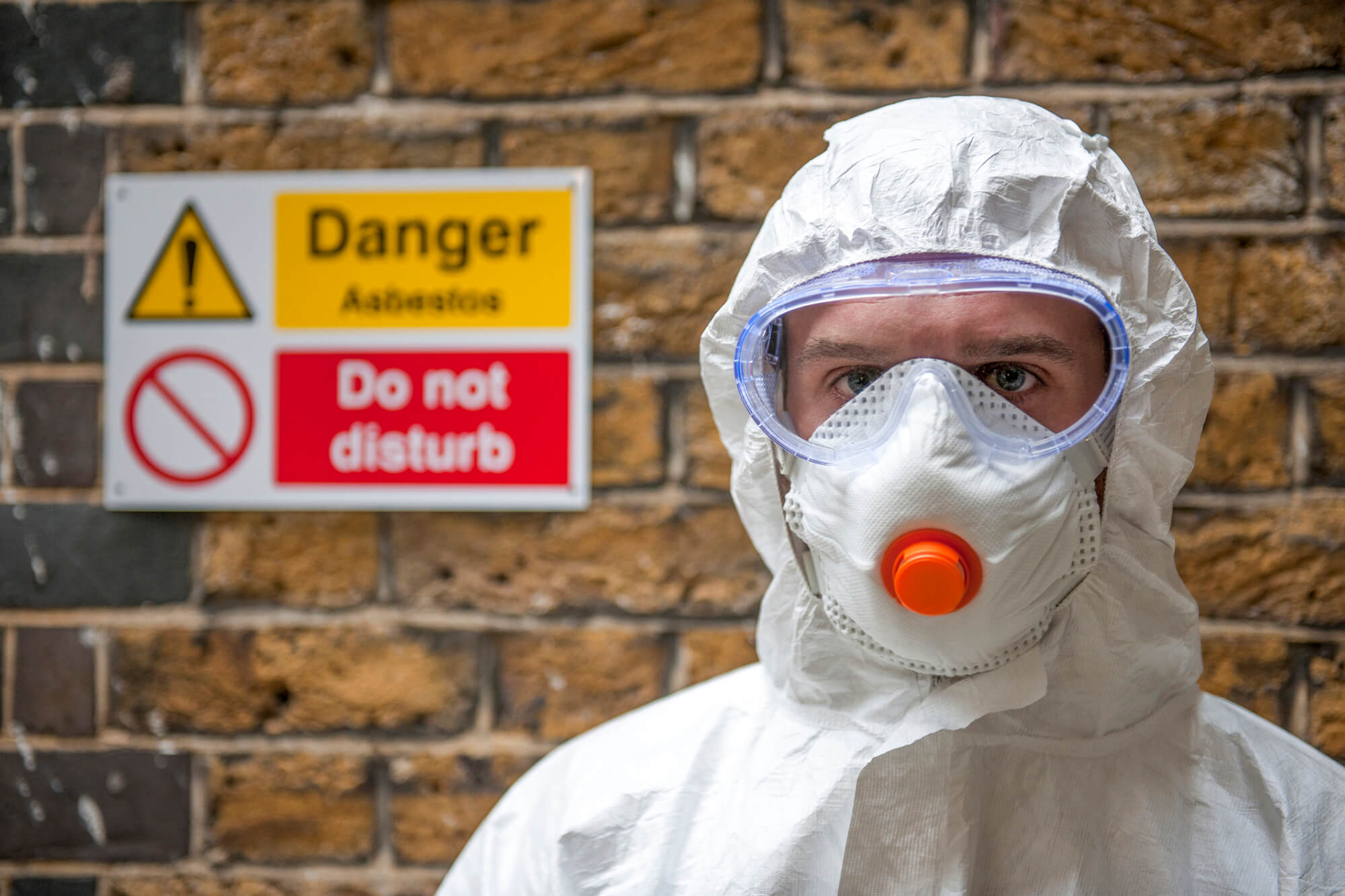
The 2023-24 WorkSafe Dust Strategy provides a guidance on how the regulator will be checking workplaces' effective management of hazardous dust.
Hazardous dust such as asbestos, silica and wood dust is a risk to many workers within local governments. Construction work disturbing asbestos containing materials, silica dust produced during the cutting of concrete and dust produced when cutting wood are a few examples of processes where local government employees are exposed to hazardous dust. It's important that these risks are effectively controlled and performed in accordance with the legislative requirements.
In the first instance where hazardous dust is present in the workplace, the person conducting a business or undertaking (PCBU) should ensure that a thorough risk assessment is carried out to identify the severity of the risk to implement control measures.
The WorkSafe strategy can be used as an action plan by local governments to fill any gaps in their risk management process of hazardous dust. It can assist members through the following ways:
- Raising awareness about the health risks involved when dealing with silica, asbestos and other dust in the workplace.
- Identifying methods of protecting workers from the harmful effects of dust.
- Complying with the WHS laws.
- Understanding the nature of operations and if workers are exposed to hazardous dust, providing resources and processes to eliminate and minimise worker exposure.
Hazardous dust can cause chronic illnesses and diseases (such as mesothelioma, asbestosis, silicosis and occupational asthma) to workers which in most cases present themselves later on in life.
For more details on the dust strategy, please visit the WorkSafe website.
For advice and support on risk management practices, please contact the LGIS people risk team or your regional risk coordinator.